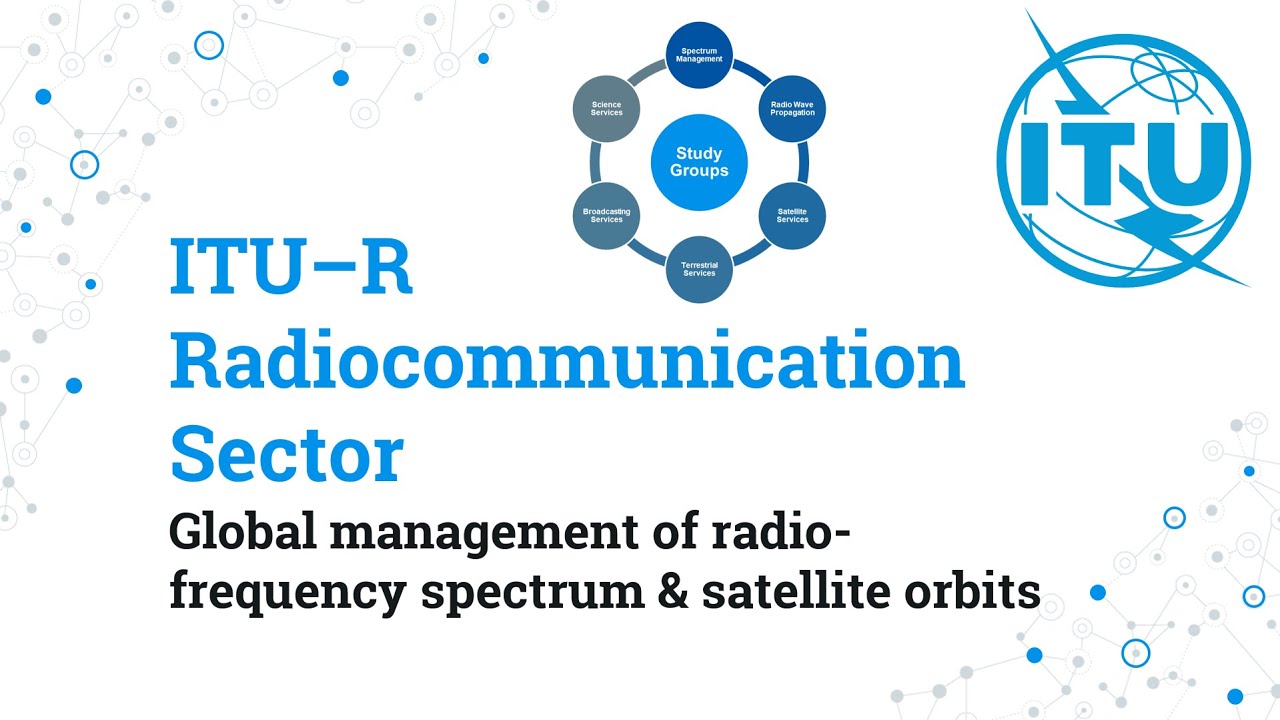The ITU’s work in radio communications began in 1906 when the first International Radiotelegraph Conference gathered 30 maritime states in Berlin to draw up the first International Radiotelegraph Convention.
In 1927, the International Radiotelegraph Conference in Washington established the International Radio Consultative Committee (CCIR) to study technical and operational questions related to radio communications and issue recommendations.
In 1947, at the joint International Telecommunication Conference and International Radio Conference in Atlantic City, the International Frequency Registration Board (IFRB) was created to regulate the use of frequencies.
Finally, in 1992, the CCIR was renamed the Radiocommunication Sector (ITU-R).
ITU-R works towards a worldwide consensus on the use of space and terrestrial radiocommunication services and a vast and growing range of wireless services and applications, including popular new mobile communication technologies.
ITU-R plays an essential custodial role in the management of the radio-frequency spectrum and satellite orbits—finite natural resources increasingly in demand from a large number of services such as fixed, mobile, broadcasting, amateur, space research, meteorology, and global positioning.
The primary objective of ITU-R is to ensure interference-free operations of radiocommunication systems.
The ITU-R Study Groups develop technical bases for decisions at World Radiocommunication Conferences and create global standards, reports, and handbooks on radiocommunication matters.
More than 5,000 specialists from administrations, the telecommunications industry, and academic organizations participate in Study Groups, focusing on topics such as spectrum management, radio systems characteristics, and emergency radiocommunications.
In this video, we’ll dive deep into the vital role of the Radiocommunication sector in the global management of the radio-frequency spectrum and satellite orbits.
